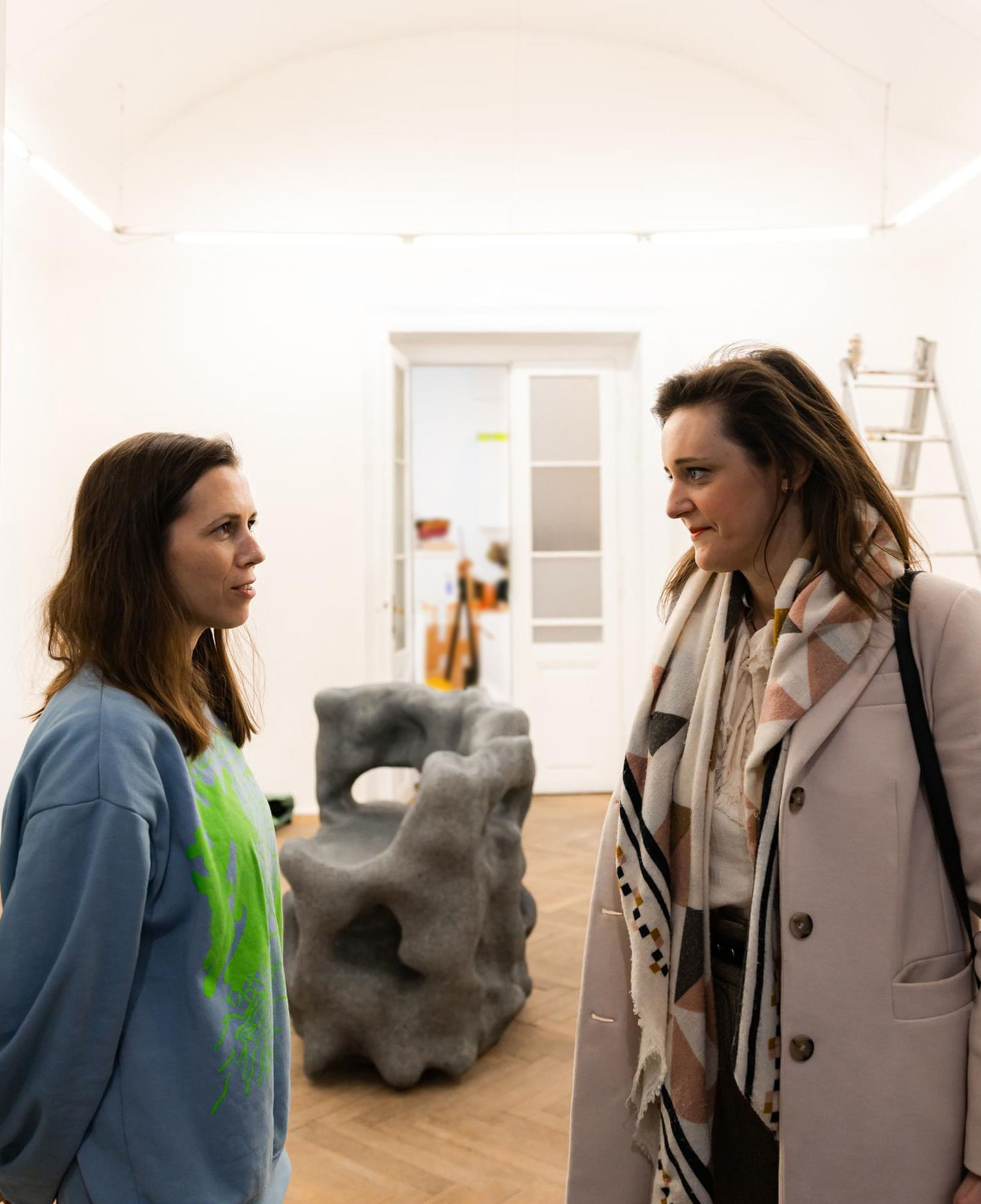Culture is not entertainment

Ľubica Karvašová is one of the first participants of the EduArt Start programme in Slovakia. Her profession is diplomacy with a focus on the European Union, so we asked her about the current situation in the field of visual arts and culture as a whole in Slovakia.
We are now celebrating 20 years since Slovakia joined the EU, how has this step contributed to the cultural development?
That’s a good question, because we often talk about our EU membership either in terms of benefits for citizens, such as free movement across the Union, or the opportunity to study and work in another member state. Or we address the issue of whether it has helped our economy. However, culture is hardly discussed in this context.
The cultural and creative industries are equally part of the single market. The city of Košice is a great example of how the title of European Capital of Culture 2013 can contribute to the urban development of neglected areas and breathe new life and meaning into them. The non-government organisation CIKE – Centre for Creative Industry in Košice was founded in 2008 for this very reason. Today, the former Košice barracks house interesting projects such as Matsuko, a world-class Slovak company focused on artificial intelligence.
What can be done in this area under the EU auspices?
Keep building on the existing foundations. The EU has programmes to support the development of cultural and creative industries. However, we need them to be seen as part of the regional development and to help our institutions understand how to use them. We already have some powerful ones that are succeeding in this, such as CIKE or Nová Cvernovka, and they are spreading this know-how further. When I speak to people working in the visual arts, they agree that we have many skilled artists and what they need is the opportunity to exhibit in the West. Since the Russian aggression in Ukraine, our neighbouring region has also received more attention from the Western world, even when it comes to art. It an opportunity for our artists to establish themselves. This is where our priority should be. We can do this, for example, through joint projects with our partners in the EU and NATO, and we need to encourage mutual dialogue and show that we have more in common than it would seem. For instance, addressing the issue of the EU’s periphery from the perspective of Slovakia, Ireland or Portugal could be very interesting. Artists are in fact their country’s ambassadors, too.
You are running for the European Parliament for Progresívne Slovensko (Progressive Slovakia) with a vision of “a new understanding of culture and its key role in the development and renewal of society”. Why do you consider support for culture important?
Culture is not entertainment. I see it as a solid part of the economic development of regions and cities and one of the means to combat brain-drain. Some of our regions, especially in the east, are struggling to retain young people who are moving west.
Culture has the power to make us grow as human beings, to make us more observant, more sensitive. It is extremely important to have a cultural-educational space. That’s why I am a huge advocate of local projects, from galleries such as Šopa Gallery in Košice, through municipal theatres, such as Actores, to community centres, such as KC Kláštor, both in Rožňava. I believe we should give cultural projects a prominent place and the necessary support within the vision of regional development. And we should strive to involve companies more closely in these efforts. After all, if they want to operate and grow in Slovakia, they need educated workforce.
What is your personal relationship to fine arts?
I have been coming to galleries for years. The main factor that led me to it was living in Paris and Brussels. Until recently, I saw fine art as something I liked to look at. But I wished to understand it better, not only in terms of the emotions it evokes in me, but also as part of the art market. That is, understanding that a work of art is a commodity whose value changes. I came to realise that if I wanted to support the arts, I should help to develop the art market in particular. From building awareness of its principles, through supporting galleries and institutions, to buying artwork. EduArt is exactly the programme that allowed me to navigate this better. It is all the more important in a situation where the government and the country’s government are turning away from art and culture.
Which piece of art do you plan to get?
I would definitely like to save up and buy an original work by a Slovak author, I like the work of Ján Vasilko, for example. I would also be happy to try my hand at auctioning and bidding on a piece of art, for example at SOGA, where we discussed this within EduArt with the only Slovak auctioneer, Nina Gažovičová. Also, my husband and I collect old furniture, which we hunt for all over the place. My favourite period in terms of design and architecture is the interwar period, I consider it the most productive. And that included the 1st Czechoslovak Republic, which was one of the world leaders.